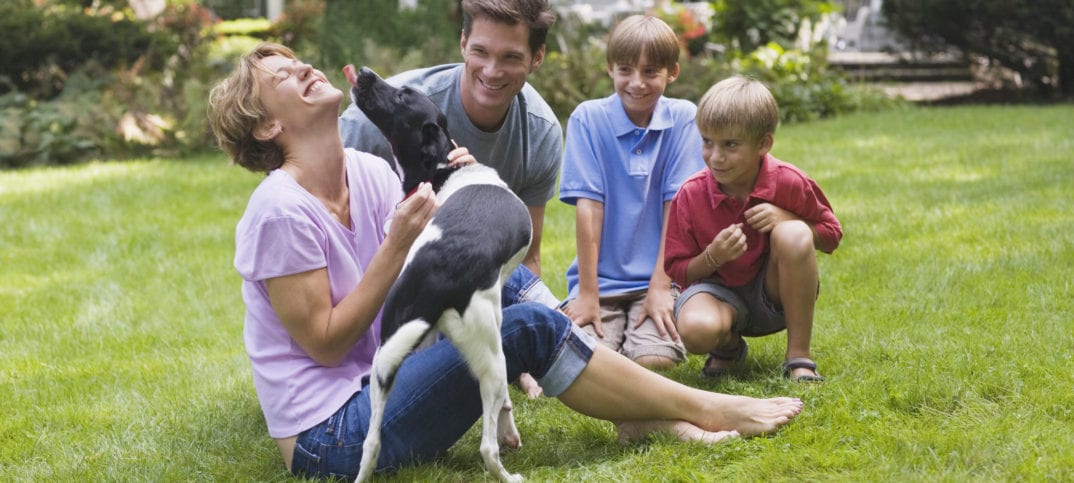By Dr. Matthew Kearns, DVM
Everyone wants a yard to be proud of (me included). However, what really gives the yard some “pop” can also be very dangerous to our pets. Here’s a short list of hazardous items commonly used to make are yards look beautiful.
Fertilizers
Fertilizer that is spread on grass rarely leads to symptoms of poisoning. Those cases that do only show mild gastrointestinal, or GI, upset (mild diarrhea, decreased appetite). However, if a patient ingests a large quantity (literally eats into a bag) of fertilizer, the GI symptoms are worse (severe vomiting, diarrhea) and may require hospitalization for IV fluids to avoid complications of dehydration and shock.
Mulch
Regular mulch is not usually too much of a problem, but cocoa mulch can be dangerous. Cocoa mulch smells delicious not only to us humans but also to our pets. This is why many try it. If there is a large amount of cocoa beans and hulls in the mulch, a dog can ingest the same two products as in chocolate: theobromine and caffeine. These two products not only cause an upset stomach (vomiting, diarrhea) but also are powerful stimulants. In large enough quantities pets can develop symptoms of tachycardia (accelerated heart rate), tachypnea (accelerated breathing) and, potentially, seizures. These symptoms usually require hospitalization and can (with large exposures) be life threatening.
Lilies
Not all lilies are toxic but those that are can be quite lethal. Oxalates from the poisonous lilies will chelate, or bind, to calcium in the bloodstream and deposit into the tissues. Cat’s kidneys are particularly sensitive to this process, and as little as a few leaves or petals can lead to acute kidney failure. Acute kidney failure secondary to lily ingestion is heartbreaking because most times the damage is done when one begins showing symptoms and either the patient passes on their own or must be humanely euthanized.
Bone or blood meal
Bone meal or blood meal are by-products from the meat packing industry that are commonly used as an organic alternative in fertilizer components or as deer, rabbit and wildlife repellants. These products (because they are bone or blood meal) are very palatable and pets (especially dogs) tend to ingest them in large quantities. Exposure in large quantities can lead to GI obstructions (which can lead to surgery), pancreatitis or generalized GI irritation (vomiting, diarrhea). Dogs also tend to dig up flower bulbs planted in soil dusted with bone or blood meal, and this is a double whammy: the complications of bone/blood meal and ingestion of flower bulbs (flower bulbs also cause GI upset), not to mention your flowers never bloom if the bulbs are destroyed.
Compost pile
Another way to recycle and make your flower gardens look beautiful is to use a compost pile. During decomposition, molds grow and mold can produce a poisonous waste called mycotoxins. Ingestion of large quantities of moldy material from compost piles can lead to neurologic symptoms (weakness, tremors, even full-blown seizures). There is no true antidote, so many patients need to be hospitalized until the toxins clear their systems. Limiting access to these substances is the best option, but that is not always possible (dogs are more at risk than cats). If limiting access is not possible, it is best to choose another option to beautify the yard.
Dr. Matthew Kearns practices veterinary medicine from his Port Jefferson office.







